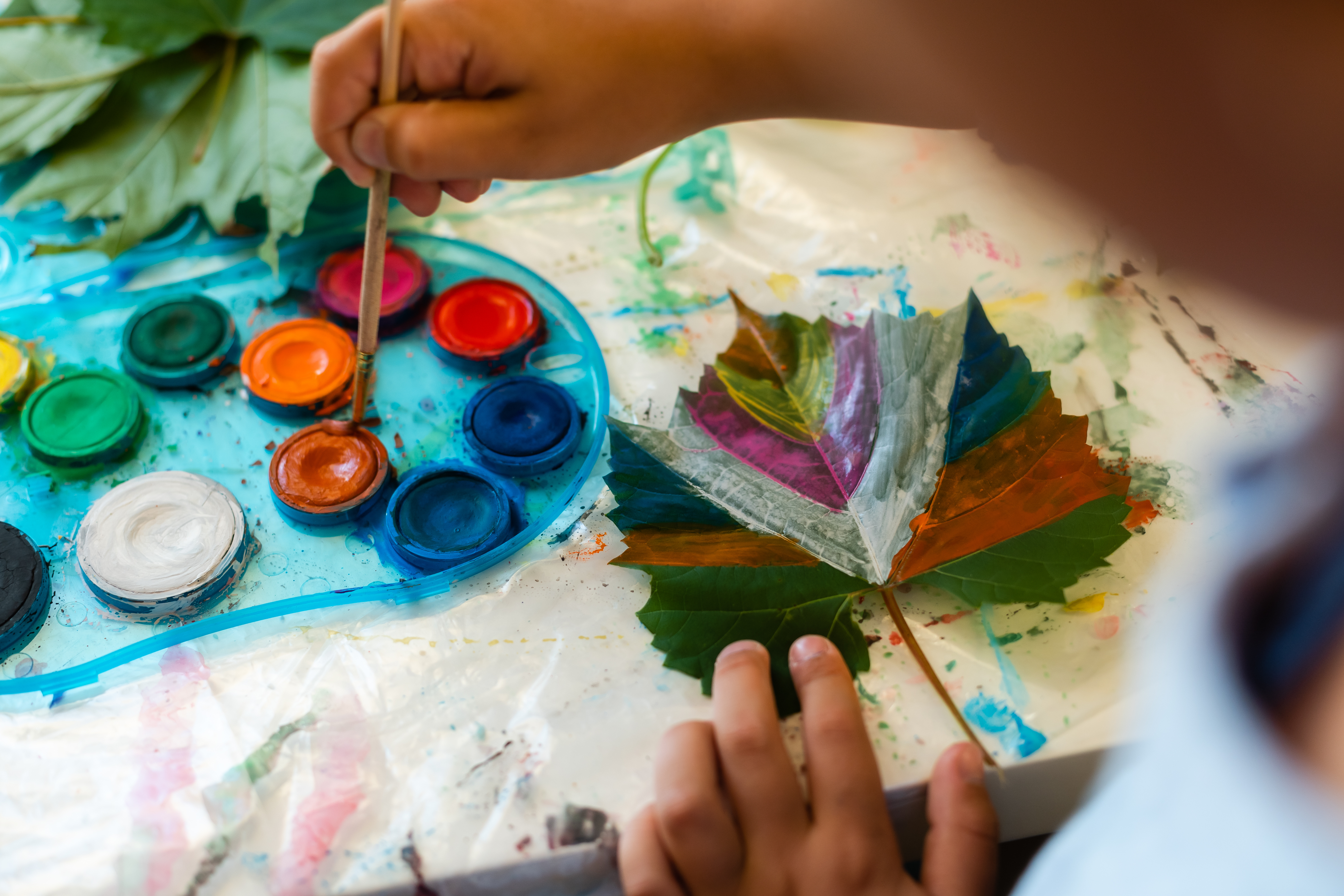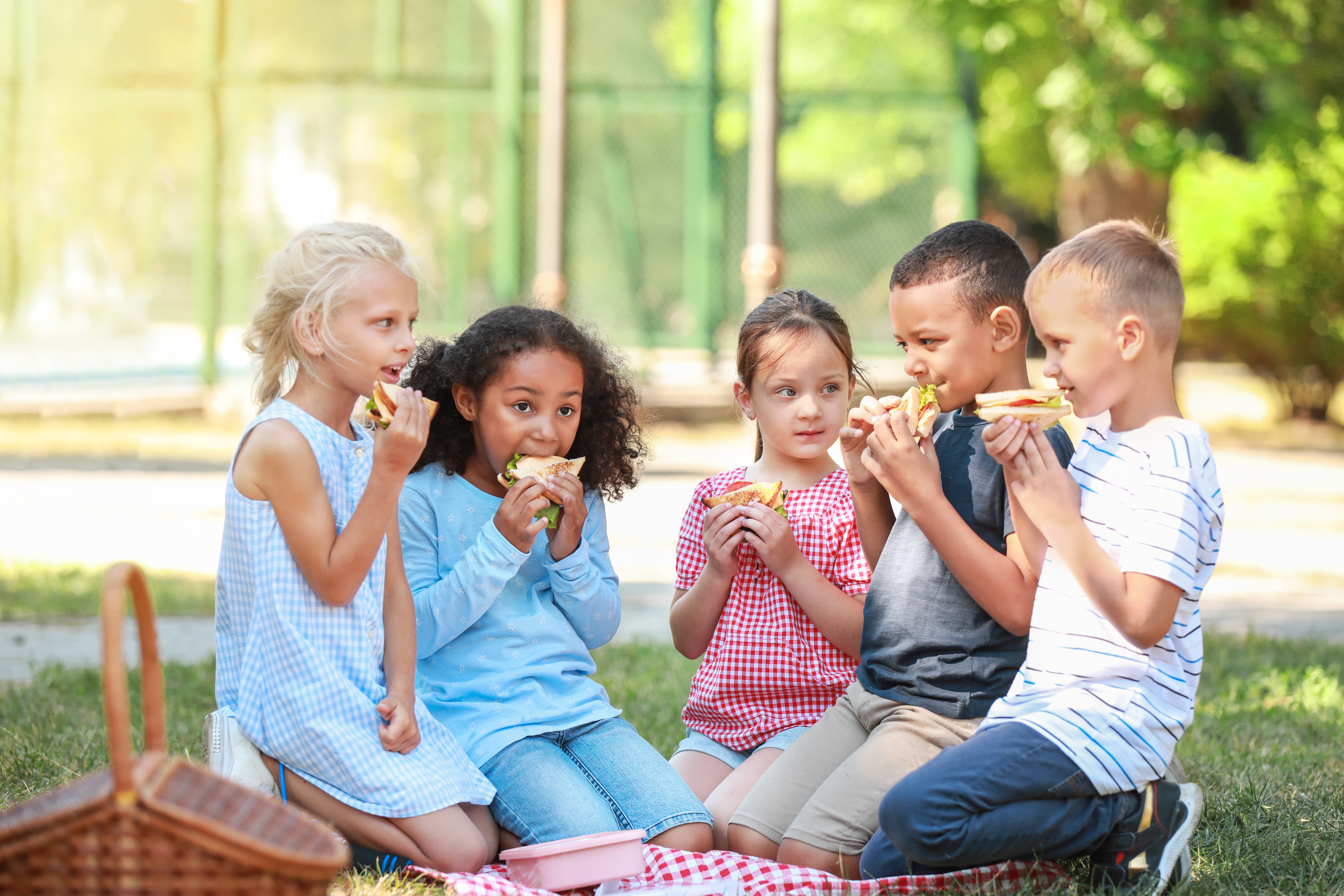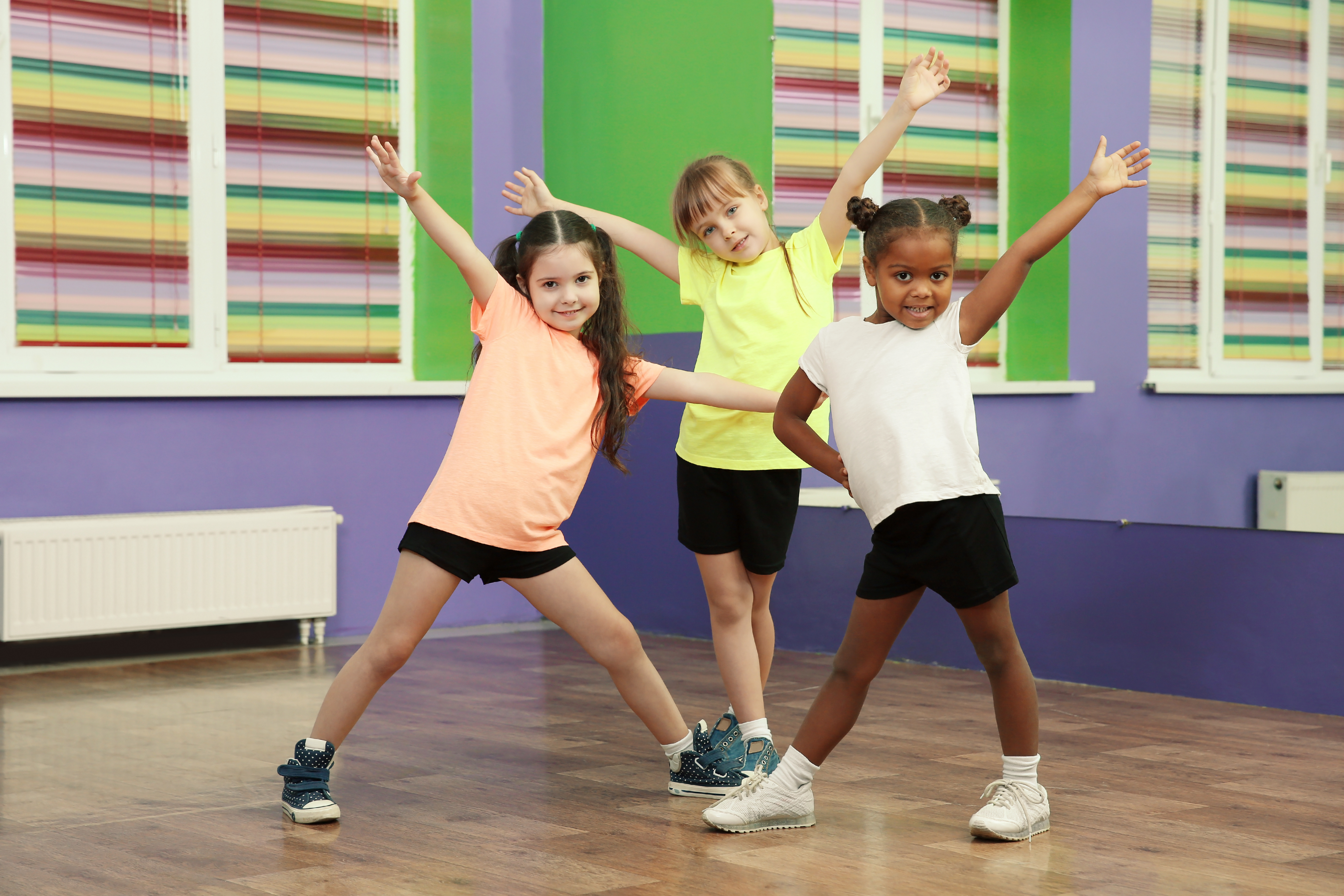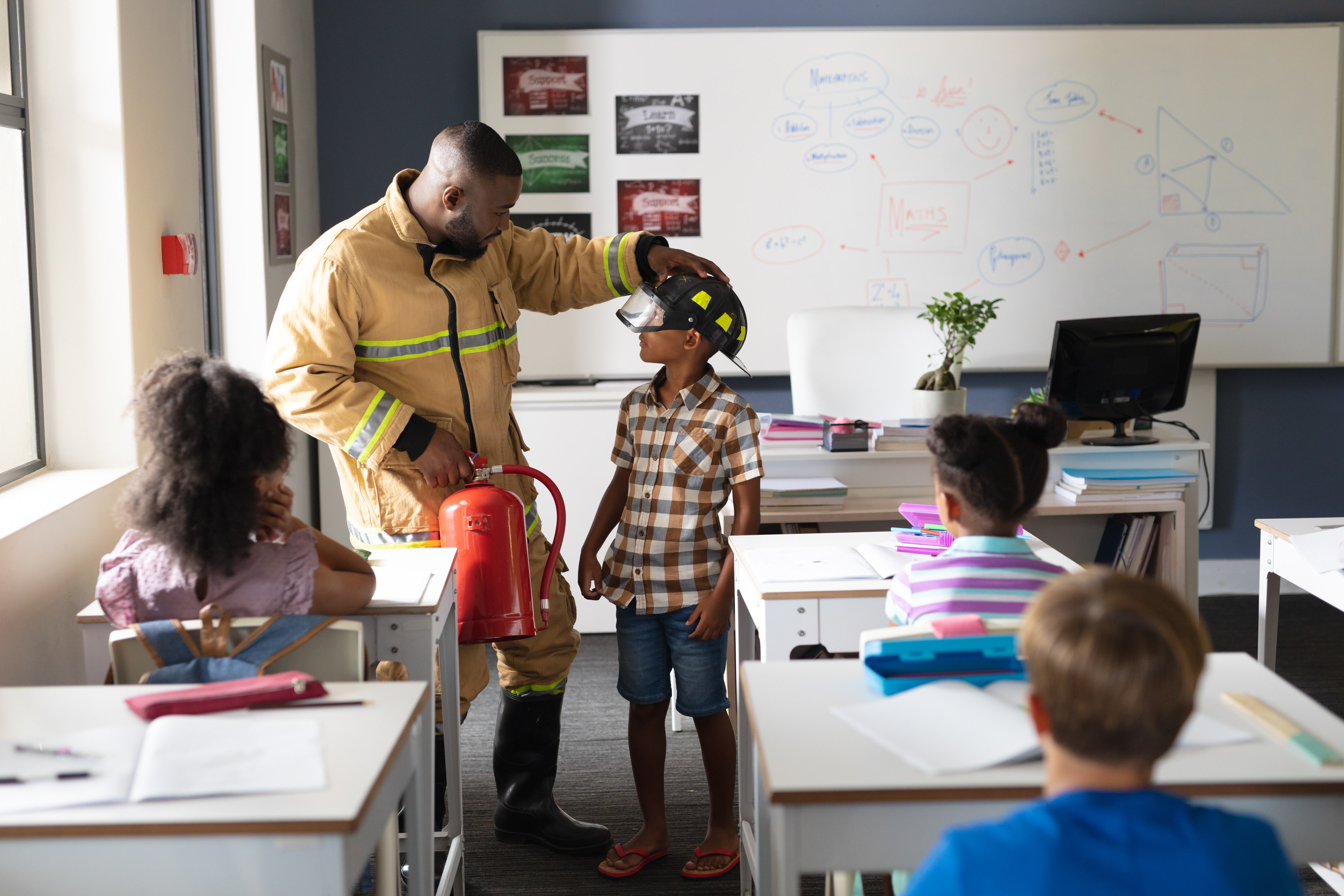Blog
Preschool Made Easy: What Every Parent Should Know
Why Early Education Matters: Building the Foundation for Lifelong Success At Early Steps Learning Center, we believe that a strong educational foundation begins long before kindergarten. The early years of a child’s life are a time of incredible growth—socially, emotionally, cognitively, and physically. During this formative stage, young learners are naturally curious and eager to explore the world around them. That’s why early education is not just important—it’s essential. Early education programs provide children with more than just the ABCs

Unplug & Play: A Summer of Discovery at Early Steps
When school takes a break, screens often take over. And while technology has its benefits, too much of it can leave young children feeling overstimulated, disconnected, and even restless. As parents, we want our kids to enjoy their summer—but we also want that time to support their growth, creativity, and faith. That’s where the idea of “balancing screen time with green time” comes in—an intentional shift from devices to discovery through play, nature, and hands-on learning. Why Green Time

Teach Kids the True Meaning of St. Patrick’s Day
St. Patrick’s Day is a special holiday celebrated on March 17th every year. It honors Saint Patrick, the patron saint of Ireland, who helped bring Christianity to the Irish people a long time ago. Even though it’s an Irish holiday, people all over the world celebrate with parades, wearing green, and having fun! Here’s what makes St. Patrick’s Day special: Who Was St. Patrick? St. Patrick was a man who lived a long time ago in Ireland. He

How to Teach Preschoolers About Black History
Teaching preschoolers about Black history is essential for fostering inclusivity, cultural awareness, and respect for diversity at an early age. By introducing them to positive representations of Black culture and history in an age appropriate way, we can lay the foundation for a more accepting and knowledgeable future generation. Here are some effective strategies to make learning about Black history engaging and meaningful for young children. Use Picture Books and Storytelling Preschoolers learn best through stories and visuals. Choose

Tips for Supporting Your Child’s Learning at Home
As we step into 2025, the team at Early Steps Learning Center is filled with excitement and anticipation for another year of growth, learning, and unforgettable memories. Our mission remains steadfast: to provide a nurturing and stimulating environment where your little ones can thrive academically, socially, and emotionally. As partners in your child’s education, we encourage you to complement their learning at home. Here are some simple and effective ways to get involved: 1. The Power of Daily Reading

Fall Arts and Crafts for Your Family
Fall is a wonderful time for arts and crafts with children! Here are some fun and creative ideas that capture the season’s colors and themes: Leaf Rubbings Materials: Leaves, crayons, paper Instructions: Place a leaf under a sheet of paper and rub the side of a crayon over it to reveal the leaf’s texture and shape. Pumpkin Painting Materials: Small pumpkins, paint, brushes Instructions: Instead of carving, let kids paint their pumpkins with fun designs or faces. Acorn Crafts

What is Considered a Healthy Eating Pattern for Children?
Children’s eating patterns can vary widely based on age, culture, and individual preferences, but several general trends and factors influence their eating behaviors: Developmental Stages: Infancy (0-12 months): Breastfeeding or formula is primary. Introduction of solid foods usually begins around 6 months, with gradual incorporation of purees and finger foods. Toddlerhood (1-3 years): Increased independence in eating may show preferences and aversions. Commonly experience “food neophobia” (fear of new foods). Snack frequency increases; smaller, more frequent meals are typical. Preschool

Music and Movement Education for Parents of Young Children
Music and movement education is a powerful approach to early childhood development. This method combines music, rhythm, and physical movement to support the holistic growth of young children, enhancing their cognitive, social, emotional, and physical abilities. Why Music and Movement Matter: Brain Development: Music stimulates both hemispheres of the brain. Movement enhances neural connections related to coordination, spatial awareness, and motor control. Physical Development: Dance and movement support gross and fine motor skills, balance, and coordination. Emotional Expression: Children

Determining the Right Amount of Screen Time for Kids
Determining the right amount of screen time for children can be tricky, but it’s important to balance it with other activities. Here are some guidelines based on expert recommendations: Ages 0-2: It’s generally advised to avoid screen time, except for video chatting. Young children benefit most from face-to-face interactions and physical exploration. Ages 2-5: Limit screen time to about one hour per day of high-quality programming. It’s best if this time is shared with a caregiver who can help

Have An Open Discussion With Kids About School Safety
Having an open discussion with your child about school safety is crucial for their peace of mind and preparedness. Here’s how you can approach this conversation: Reassure Them About Safety Emphasize Safety: Start by affirming that schools are designed to be safe places for learning and growth. Explain that the school has plans and procedures to ensure their safety. Review Safety Plans: Go over the school’s safety policies with your child, so they know what to expect during drills
